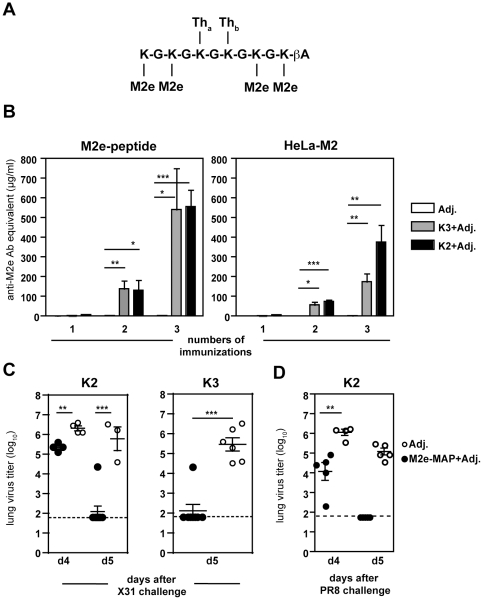Figure 1. M2e-based multiple antigenic peptides induce high M2e-Ab titers and elicit protection against viral challenge.
(A) Design of M2e-multiple antigenic peptides K2 and K3 depicting a branched construct of the peptide back-bone (lysine-glycine chain) with each four M2e residues and two T helper determinants (for sequences see Table 1 ). (B–D) BALB/c mice (n = 4–6/group) were immunized intranasally with M2e-MAP K2 or K3 mixed with adjuvants (Adj.) or adjuvants alone three times in 3–4 week intervals. (B) Sera were collected 3–4 weeks after the indicated number of immunization and measured in an ELISA against M2e-peptide or HeLa cells expressing full-length M2 (HeLa-M2). (C and D) 3–4 weeks after the third vaccination, mice were challenged with (B) 5 µL of 1000 TCID50 influenza virus A/X31 (2.5 µL/nare) or (D) 50 µL of 1000 TCID50 influenza virus A/PR8. Mice were euthanized 4 or 5 days after challenge as indicated and lungs assayed for infectious virus in MDCK cells.

